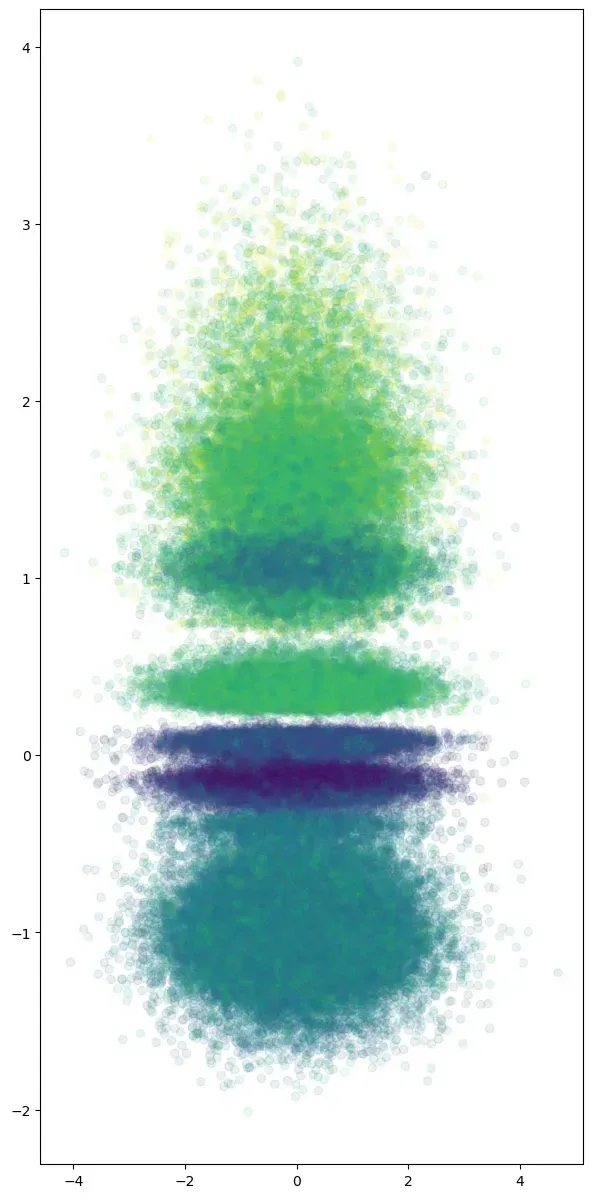Proportional Hazard in Online Gaming
Online gaming communities need to work harder to close the gap for their female users
I'm not a particularly avid online gamer, but I dabble. I've written elsewhere about my love for strategy games, in particular chess . But one thing that's definitely apparent in the online gaming community at large is that there is a gender imbalance, particularly at the higher levels where the game might be monetized. One gaming community had read my previous project on survival analysis, and asked if I could take a look at their user data and assess what might be causing this discrepancy in female gaming professionals (at least on their platform).
I was excited to tackle this problem, but at the same time it was different in some meaningful ways from what I did for the retailer. First the event we're trying to model to isn't a sale, but rather a specific user reaching what we will call "elite status". My first thought was to use a Kaplan-Meier Estimator for the men and for the women separately. I've talked in depth about this estimator before so I won't revisit the math, enough to say it's a cumulative model for the probability an event hasn't occurred after x time intervals. I partition the data into male and female subsets and feed the data into the estimator and get the following Kaplan-Meier Curves:

The graph can be interpreted along the x axis as the number of days that have elapsed, and along the Y axis as the probability they haven't reached elite status. We see that after 1500 days (4 years) of gaming, there is a greater than not chance male users have reached elite status (58%), but the outlook for female users is less optimistic (40%). So there is a noticeable difference, but the weakness of this estimator is that it does nothing for answering if the difference is significant or what factors are driving it. We want to examine the relationship of the event distribution to covariates.
For this we need a regression model. There are a few popular models in survival regression, my favorite to use is Cox's model. The idea behind Cox’s proportional hazard model is that the log-hazard of an individual is a linear function of their covariates and a population-level baseline hazard that changes over time. Mathematically:

The summary output gives information about the formula used to fit this regression model to the data. It also provides information about the sample, has a beta coefficient, standard error, some statistics, and a P-value. I picked out the two variables that had the highest hazard ratio:
| coef | exp(coef) | se(coef) | z | P | |
|---|---|---|---|---|---|
| gender | 0.44 | 1.55 | 0.16 | 2.76 | 0.01 |
| premium_member | 0.21 | 1.23 | 0.19 | 1.06 | 0.29 |
| Concordance | 0.56 |
| Partial AIC | 1717.07 |
| Avg. Brier Score | 0.204 |
The quantities exp(coef) are called hazard ratios (HR). A value of coef greater than zero, or equivalently a hazard ratio greater than one, indicates that as the value of the covariate increases, the event hazard increases and thus the length of survival decreases. Put another way, a hazard ratio (which is reported as exp(coef)) above 1 indicates that a covariate is positively associated with reaching elite status, and thus negatively associated with how long it takes to reach elite status.
In summary,
- HR = 1: No effect
- HR < 1: Less likely to reach event status
- HR > 1: More likely to reach event status
It seems like a users being a premium member of the gaming community (meaning they pay for additional features) has a high hazard rate but a P value of 0.29 indicates it probable isn't statistically significant. However we see that gender has a statistically significant impact on how long it takes to reach elite status.
Similar to Logistic Regression, the way we interpret exp(coef) depends on the variable type it belongs to. For numerical variables, exp(coef) means that the baseline hazard will increase by a factor of exp(coef) when the variable increases by one unit. For variable gender, exp(coef) is equal to 1.55. This means that the likelihood of reaching elite status for male (gender = 1) users at a given time t is 1.55 times more than the likelihood of reaching elite status for female (gender = 0) users at time t.
That's more than 50% likely to reach elite status, and have access to the kinds of audiences to monetize. That is a huge gap, and my recommendation was the gaming community do everything they can to close this gap. Unfortunately, I didn't have the additional data to be able to recommend what those strategies could effectively be. One thought is that this may be related to the interactions female users have on the gaming platform due to entrenched bias conscious and unconscious within the community. I'm hopeful I will have the opportunity later to revisit their data with a wider lens.








